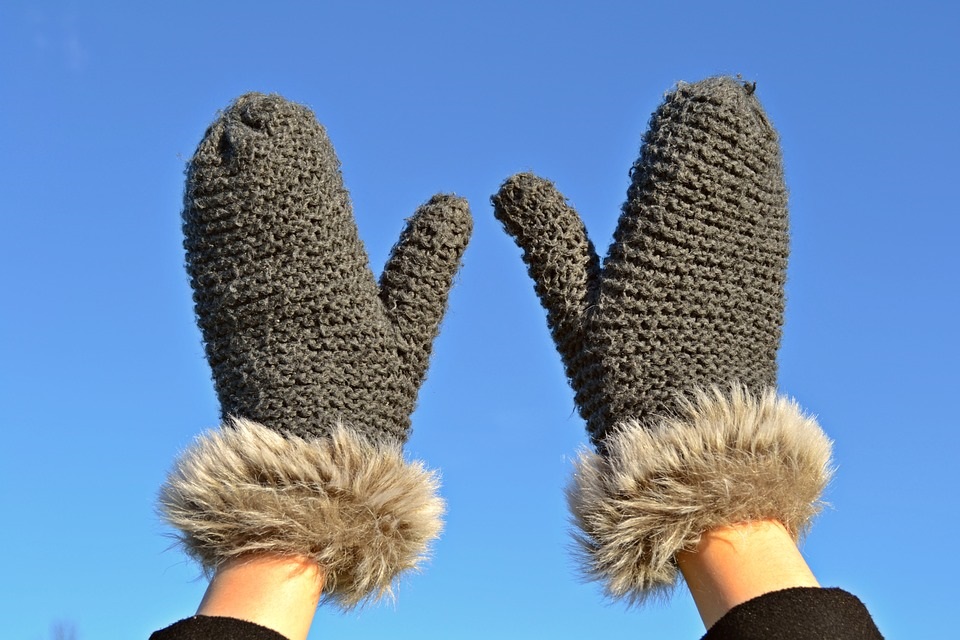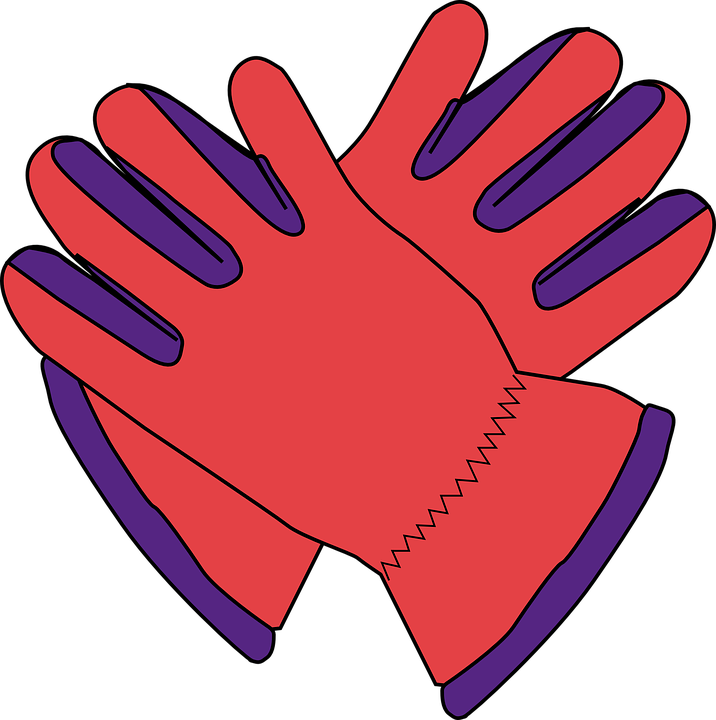Raynauds Awareness
Raynaud’s phenomenon can cause discomfort as the blood supply to your fingers or toes reduces if you’re cold or feeling stressed. The affected areas may change colour, usually to white, then blue, and then red.
You may find that you don’t experience all three stages. For example, your hands may simply go blue then red. These colour changes are often accompanied by pain or a tingling feeling. You may experience cold feet as well, and the tip of your nose may also feel uncomfortable and change colour in the cold.
Raynaud’s phenomenon can occur:
• on its own (primary)
• with another condition such as scleroderma or, less commonly, lupus (secondary).
Symptoms to look out for:
• Raynaud’s phenomenon can cause discomfort as the blood supply to your fingers or toes reduces if you’re cold or feeling stressed. The affected areas may change colour, usually to white, then blue, and then red.
You may find that you don’t experience all three stages. For example, your hands may simply go blue then red. These colour changes are often accompanied by pain or a tingling feeling. You may experience cold feet as well, and the tip of your nose may also feel uncomfortable and change colour in the cold. Raynaud’s phenomenon can occur:
• on its own (primary)
• with another condition such as scleroderma or, less commonly, lupus (secondary).
•Raynaud’s phenomenon can cause discomfort as the blood supply to your fingers or toes reduces if you’re cold or feeling stressed. The affected areas may change colour, usually to white, then blue, and then red.
You may find that you don’t experience all three stages. For example, your hands may simply go blue then red. •
Attacks can be a nuisance and can cause you a lot of discomforts, but if you have primary Raynaud’s phenomenon they won't damage your fingers.
Secondary Raynaud’s phenomenon can be more severe and may rarely cause:
• open sores (ulcers) on the fingers
• loss of circulation and tissue at the fingertips (referred to as gangrene).
Primary Raynaud’s phenomenon usually affects young women and teenage girls. But it can also occur in men, children and older people, especially if it occurs in association with other conditions (secondary Raynaud’s phenomenon).
We don’t fully understand why some people develop Raynaud’s phenomenon and others don’t. For some reason, the blood supply to the fingers and toes is reduced, especially in the cold.
The blood supply to the fingers and toes is controlled by nerves connected to the blood vessels. The nerves can reduce the blood supply in response to certain situations, one of which is exposure to severe cold. This prevents a loss of heat from the body. People with Raynaud’s phenomenon probably have an exaggerated response to cold and shut off the blood supply more quickly than normal.
Going out on a cold day or even reaching into the freezer to take out some food can bring on an attack of Raynaud's. Emotional changes, such as feeling anxious, can also cause an attack of Raynaud’s by triggering the nerves to shut down the blood supply.
Who is at risk?
Raynaud’s phenomenon can occur as a result of using vibrating machinery. This is called vibration white finger. Raynaud’s may also develop as a side-effect of certain drugs such as beta-blockers, which are used in the treatment of raised blood pressure and angina.
Most people with Raynaud’s phenomenon will always have the condition. But if there’s an underlying cause of the condition, then it’s sometimes possible to remove or treat this.
For example, Raynaud’s caused by taking beta-blocker tablets can be ‘cured’ by stopping this medication. However, you must ask your doctor before stopping any regular medication.
How is Raynaud's diagnosed?
If you’ve recently developed any symptoms of Raynaud’s, then it’s best to go to your GP. It may well be primary Raynaud’s phenomenon, especially if you're a young woman. If your doctor is in any doubt then they’ll arrange for you to have some tests to find out if you have primary or secondary Raynaud's phenomenon. These may need to be done at the hospital.
Common tests include:
• blood tests to check your blood count (the number of white and red cells in your blood) and your immune system (your body’s self-defence system). A test for antinuclear antibodies (ANA) can be used to tell if your condition is primary or secondary Raynaud’s.
• an x-ray to look for an extra rib at the base of your neck (called a cervical rib), which can cause the condition by putting pressure on the blood vessels that supply your arms.
• a test called nailfold microscopy (capillaroscopy). This involves having the tissue at the base of your fingernail looked at under a microscope to check the small blood vessels.
• a cold stress test (thermography) which can show how quickly you respond to cold. It involves using cold water and records how quickly you warm up again.
What can be done to ease symptoms?
There are several ways to help ease the symptoms of Raynaud's phenomenon. Simple changes in your day-to-day life can help lot but medications are also available.
Drugs:
There are a number of different drugs that are prescribed for Raynaud’s phenomenon. Most of these work by making your blood vessels wider. Examples include nifedipine and amlodipine. As these drugs don’t act only on the blood vessels in the fingers and toes, they may also cause side-effects such as flushing of the face, headaches or dizziness. However, many people have no side-effects from these drugs.
Drugs used to treat high blood pressure, such as losartan and ACE inhibitors, can also help to control Raynaud’s symptoms. Fluoxetine (which is sometimes prescribed for depression) is another drug that can help improve circulation.
In severe cases – almost always in cases of secondary Raynaud’s – some treatments may be given as an intravenous drip (directly into a blood vessel). These intravenous drugs act directly on your blood vessels and cause them to open up. The most commonly used intravenous drug for this condition is iloprost.
Another group of drugs which may be used to treat severe Raynaud's are phosphodiesterase inhibitors like sildenafil (trade name Viagra).
What can I do to help myself?
When you have Raynaud’s, one of the most important things you can do for yourself is to try to reduce the risks and control the number of attacks you suffer from, where possible. Aside from medication, the following may help:
Keeping warm:
This is very important. You should wear warm gloves when outdoors in cold weather and warm your hands before you put the gloves on. You may find that electrically heated gloves are helpful. Small portable hand-warming aids are also available.
Make sure you wear warm socks and a hat. But try to keep your whole body warm too. Layers of clothing work better at trapping the heat than thicker clothes.
If you do get cold, try not to warm yourself back up too quickly as this can make the attack last longer.
Looking after your hands:
Dry hands and water can lead to the development of cracks or fissures on your hands that may break down further. To help look after your hands, put cream on whenever you’ve had them in water. You can either use a short-acting water-based cream, such as E45 or aqueous cream, or an oil-based cream that is thicker and longer lasting, such as emulsifying ointment.
Keep an attack diary:
You may find there’s a pattern to your Raynaud’s attacks, and that will help you in reducing the risk of an attack.
Attacks may be associated with periods of high stress which may be difficult to avoid, but it may also be associated with, for example, your weekly trip to the supermarket where parts of the shop are very cold. Use your attack diary to help guide you and protect yourself from attacks wherever possible.
Exercise:
Regular exercise will improve your circulation and, if you’re outside on a cold day, keeping active will improve the blood flow to your hands and feet and help you to stay warm.
Smoking:
Smoking can damage your circulation, so if you have Raynaud’s phenomenon you shouldn’t smoke.
Complementary medicine:
Taking vitamins can help to control the symptoms in some people with Raynaud’s. The use of high-dose vitamins E and C, evening primrose oil, fish oils and ginger or Ginkgo biloba might also help. If using vitamins doesn’t help within 3 months, you should stop taking them and ask your doctor which medications might suit you.
What to watch out for:
In some rare cases, Raynaud’s phenomenon may suddenly become more severe. This may need urgent attention.
Particular things to watch out for are ulcers on the fingers or toes, or a colour change which doesn’t go away as quickly as usual. These problems are usually very painful.
If you develop one of these symptoms, you should see your doctor or contact your nurse specialist as soon as possible. But these problems are uncommon, and they aren’t usually experienced by people with primary Raynaud’s phenomenon.


